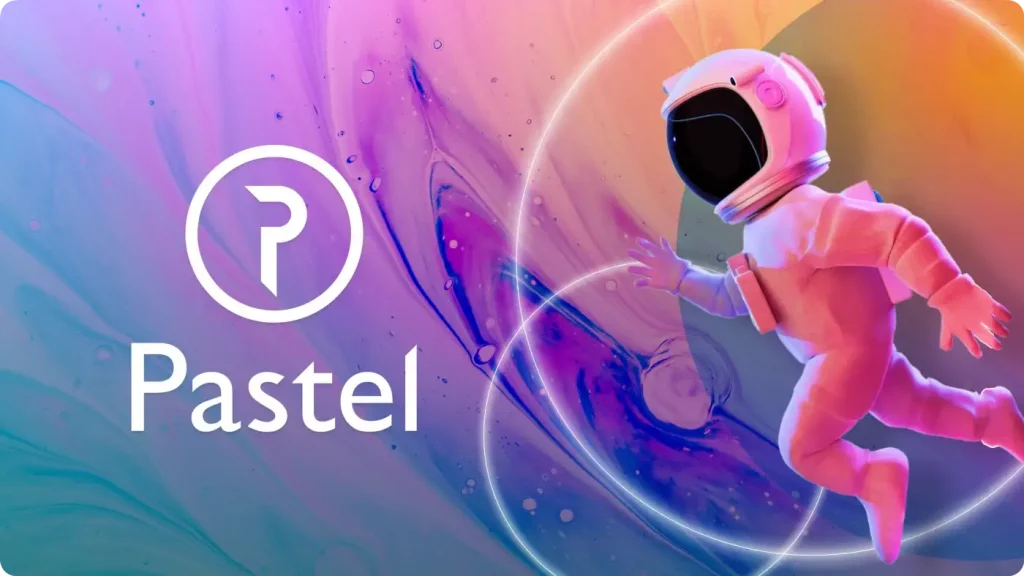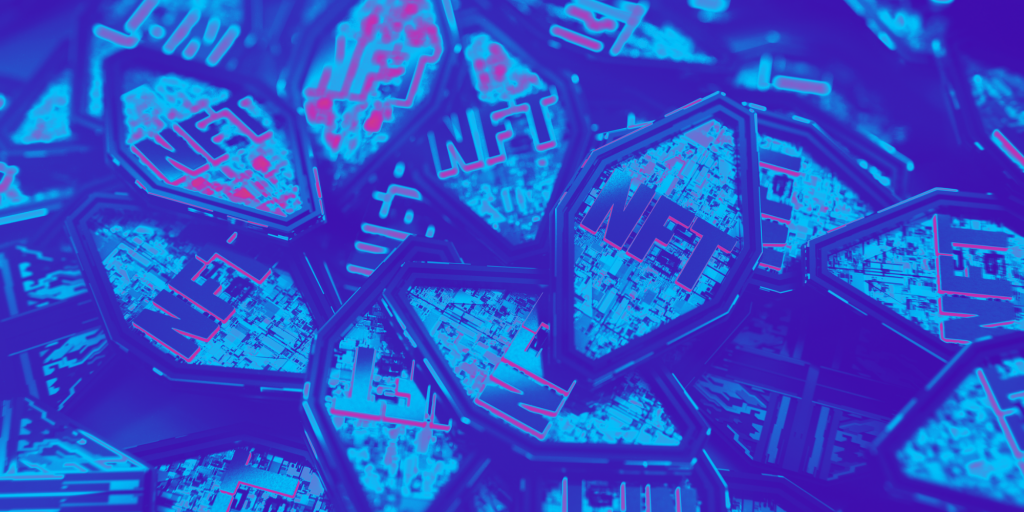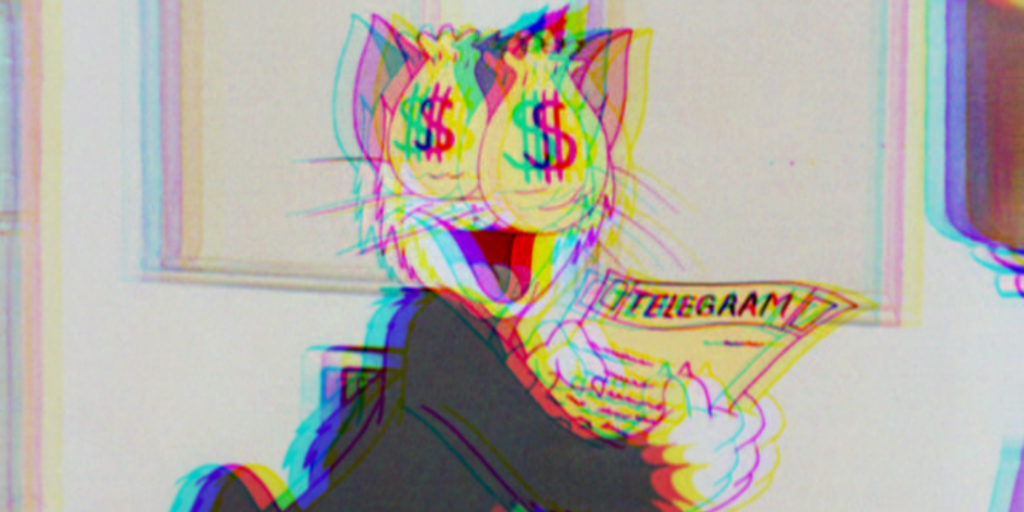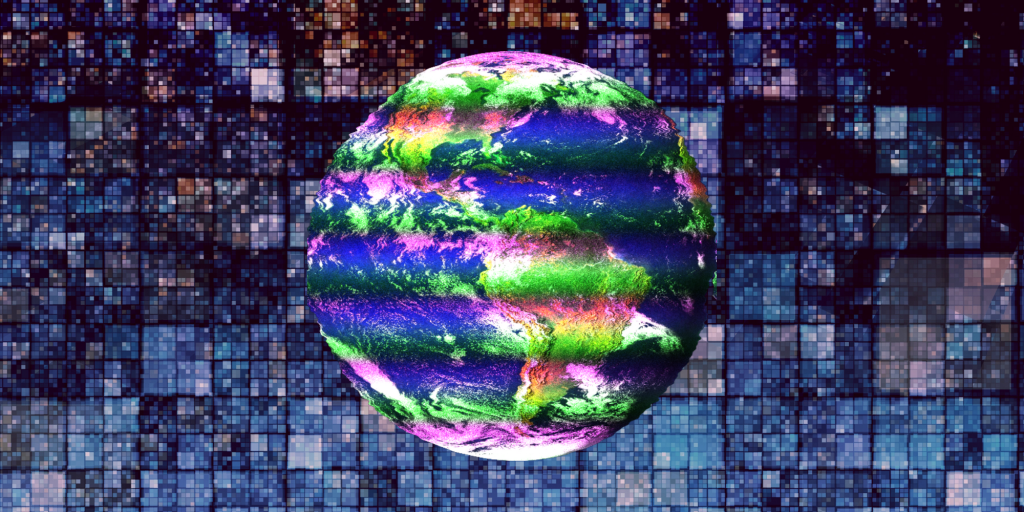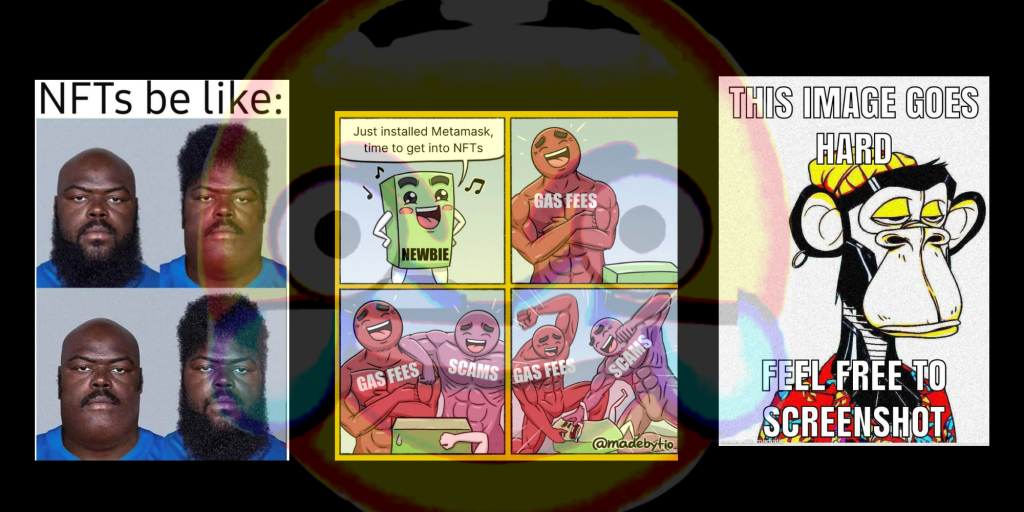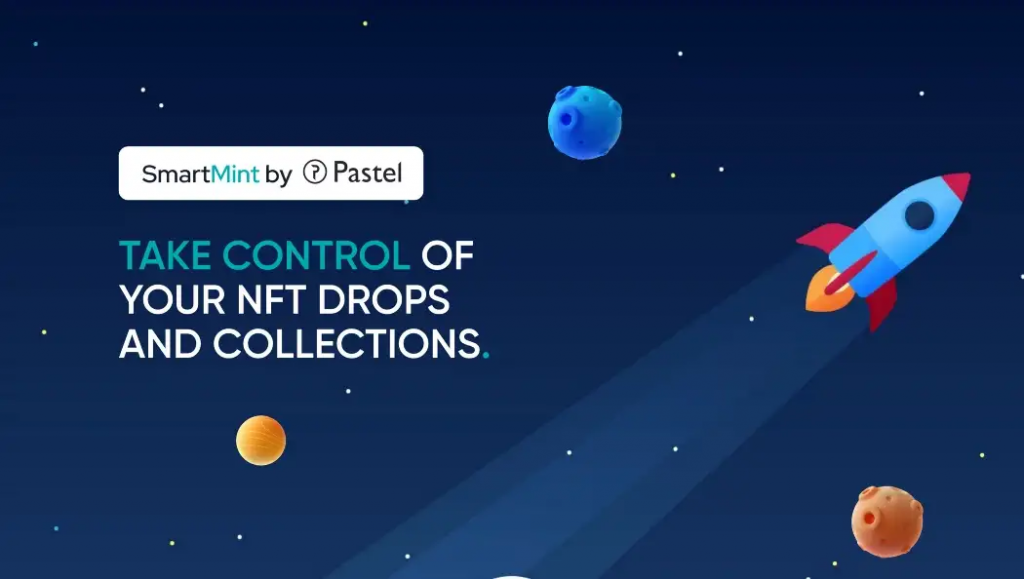There are quite a bit of misunderstandings around NFTs. Many people think NFTs are minted on the Ethereum blockchain through a platform like Rarible and — voila! — the art is non-fungible and lives forever in a decentralized manner on the blockchain. But that’s not entirely the case. NFTs, or “non-fungible tokens†are really only non-fungible to the extent that it refers to the actual token, not the underlying artwork or rare asset itself. As such, the token and the “asset†it represents are two completely different things.
Huh?
Okay, let’s rewind a bit here. Although NFTs are often associated with digital art or GIFs these days, the reality is that they are better understood as a class of assets that are non-fungible. The $10 bill you used to pay for the coffee this morning? Fungible. The fingerprint you left on the bill when paying? Non-fungible. But is your fingerprint an asset? Debatable, depending on how much fingerprints go for on the black market these days (a joke, relax). But a key thing to remember is that non-fungible does not classify an object as rare, nor does it ensure that it is ‘rare’ or even decentralized.
This concept was probably best illustrated with a recent “rug pull†stunt conducted by one clever sculptor on the OpenSea platform. The artist exchanged the original JPEG images that the collectors thought they were purchasing with random pictures of rugs after the sale concluded. The intent of the stunt was to highlight the inherent problem of the current NFT infrastructure — which is mostly built on the Ethereum blockchain. By purchasing the NFT, the buyer would simply own the token to authenticate the JPEG listed on OpenSea, which at the time of purchase was a dope piece of art. But because the underlying digital asset itself is not decentralized, and might be stored on a central server somewhere such as on AWS or GCS, the buyer has no control in terms of what the NFT itself represents.
In other words, the non-fungibility is currently applied to the token representing the transaction of the purchase — not necessarily the owner of the physical (or digital) piece of art.
This is a common problem in the NFT sphere, as buyers often misunderstand the underlying infrastructure of the art they are buying, which can be problematic when there isn’t a physical equivalent of the purchase, ie: a digital GIF.
With most NFT marketplaces being built on Ethereum, another key problem is raised. The Ethereum network is often congested by other sectors such as DeFi, which eat up the majority of the bandwidth and exponentially raises the prices for minting and transacting NFTs. When compounded with the previously outlined problem, it is easy to see why the NFT art space is not the perfect picture it is painted to be after all.
This is where a platform like Pastel can paint a brighter future. Unlike Rarible or OpenSea, Pastel has built its own layer 1 blockchain to compete with Ethereum based platforms. This brings with it an innate advantage because the underlying architecture is designed to be perfectly outfitted and purpose-built for the sole use case for digital art and other rare digital assets, rather than being a do-it-all blockchain like Ethereum. With fewer projects demanding bandwidth, minting and trading NFTs on Pastel is significantly lighter on your (digital) wallet as well due to very low gas costs
In regards to the main problem of preventing “rug pullsâ€, Pastel ensures that the art (or other NFT) itself is uploaded, verified, and registered on the Pastel blockchain — rather than just the token it is minted with. Through a series of smart tickets living on the Pastel ledger, artists can store their masterpieces in a distributed fashion across a variety of Supernodes as opposed to just ensuring the token is non-fungible. This sophisticated storage layer, leveraging the RaptorQ fountain code algorithm, ensures that each asset is broken up and stored in a series of redundant, fungible chunks. These sets of chunks ar ethen distributed across the network using the Kademlia DHT algorithm. So what does this really mean? In short, even if over 90% of hosted instances suddenly go down, the remaining information can be reconstructed quickly and there is no possibility of the artwork disappearing.
So the next time you purchase an NFT, make sure you understand how and where your rare digital asset is stored — so that you won’t have the rug pulled out from underneath you.
Learn more about Pastel Network, and join us below!
Website | Whitepaper | Telegram | Discord | Medium | Twitter |
